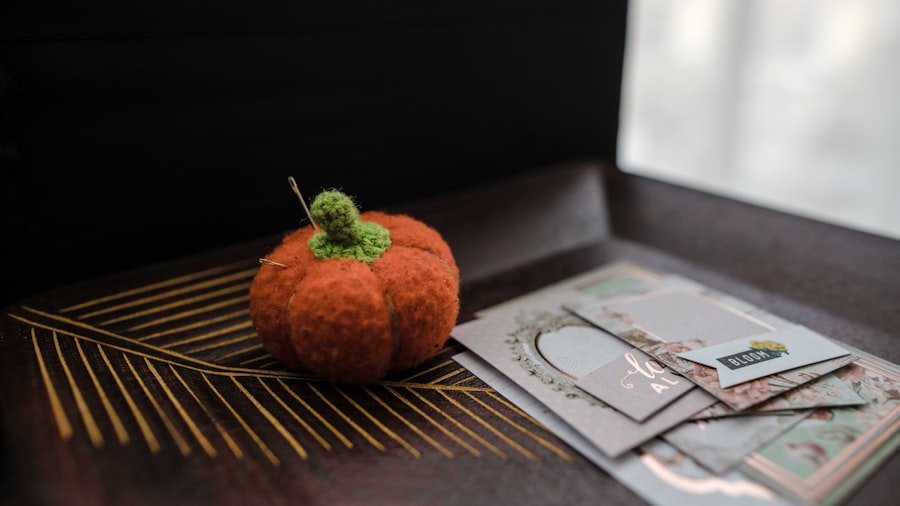In the digital age, food websites have become essential platforms for restaurants, food bloggers, and culinary brands to connect with their audience. The design of these websites plays a pivotal role in attracting visitors and converting them into loyal customers. A well-crafted food website not only showcases culinary offerings but also reflects the brand’s identity and ethos.
As consumers increasingly turn to the internet for dining options, recipes, and food-related content, the importance of an engaging and functional website cannot be overstated. Food website design encompasses various elements, including layout, color schemes, typography, and imagery. Each of these components must work harmoniously to create an inviting atmosphere that resonates with the target audience.
The challenge lies in balancing aesthetic appeal with functionality, ensuring that users can easily navigate the site while being visually stimulated by the content presented. This article delves into the critical aspects of food website design, exploring how visual appeal, user experience, interactivity, and content presentation can elevate a food website from ordinary to extraordinary.
Key Takeaways
- Visual appeal is crucial for food websites to attract and engage visitors.
- Mouthwatering imagery can enhance the appeal of food websites and entice users to explore further.
- User-friendly experience is essential for food websites to ensure easy navigation and accessibility.
- Interactive features such as recipe calculators or virtual tours can enhance user engagement on food websites.
- Showcasing recipes, menus, and customer testimonials can add credibility and value to food websites.
The Importance of Visual Appeal in Food Websites
Color Choices and Emotional Responses
The colors used on a food website play a crucial role in evoking emotions and creating a specific atmosphere. Warm tones such as reds and oranges can evoke feelings of appetite and warmth, while cooler tones may convey freshness and healthiness.
Layout and User Experience
The layout of a food website should facilitate an intuitive browsing experience. A cluttered or chaotic design can overwhelm visitors, leading them to abandon the site in search of a more user-friendly alternative. Strategic use of whitespace can enhance readability and focus attention on key elements such as images and calls to action.
Creating an Inviting Atmosphere
By prioritizing visual appeal, food websites can create an inviting atmosphere that encourages exploration and engagement. A well-designed website can make visitors feel welcome and inspired to explore the site further, ultimately leading to increased engagement and conversion rates.
Utilizing Mouthwatering Imagery for Food Websites
Imagery is arguably one of the most powerful tools in food website design. High-quality photographs of dishes can evoke cravings and entice visitors to learn more about a restaurant or recipe. Professional food photography captures not only the appearance of the food but also its texture and freshness, making it more appealing to potential customers.
For instance, a close-up shot of a perfectly seared steak with juices glistening can create an immediate desire to taste it. In addition to static images, incorporating dynamic elements such as sliders or galleries can enhance the visual experience. A rotating carousel featuring seasonal dishes or chef specials can keep the content fresh and engaging.
Furthermore, videos showcasing cooking techniques or behind-the-scenes footage can provide an immersive experience that draws visitors deeper into the culinary world being presented. By leveraging mouthwatering imagery effectively, food websites can create a sensory journey that captivates users and encourages them to take action.
Creating a User-Friendly Experience for Food Websites
User experience (UX) is a critical factor in the success of any website, and food websites are no exception. A user-friendly design ensures that visitors can easily find what they are looking for without frustration. This involves creating a clear navigation structure that allows users to explore different sections of the site effortlessly.
For example, a well-organized menu with categories such as “Appetizers,” “Main Courses,” “Desserts,” and “Beverages” can help users quickly locate their desired content. Additionally, mobile responsiveness is essential in today’s digital landscape. With an increasing number of users accessing websites via smartphones and tablets, ensuring that a food website is optimized for various screen sizes is paramount.
A responsive design adapts seamlessly to different devices, providing an optimal viewing experience regardless of how users access the site. This adaptability not only enhances user satisfaction but also positively impacts search engine rankings, as search engines prioritize mobile-friendly sites.
Incorporating Interactive Features for Food Websites
Interactivity can significantly enhance user engagement on food websites. Features such as recipe calculators, meal planners, or interactive menus allow users to personalize their experience and feel more connected to the content. For instance, a recipe calculator that adjusts ingredient quantities based on the number of servings desired can be particularly useful for home cooks looking to scale recipes up or down.
Another effective interactive feature is user-generated content integration. Allowing visitors to submit their own recipes or photos can foster a sense of community and encourage repeat visits. Social media integration is also vital; enabling users to share their favorite dishes or recipes on platforms like Instagram or Facebook can amplify the reach of the website and attract new visitors.
By incorporating these interactive elements, food websites can create a dynamic environment that keeps users engaged and encourages them to return.
Showcasing Recipes and Menus on Food Websites
A primary function of many food websites is to showcase recipes and menus effectively. This requires not only clear presentation but also thoughtful organization. Recipes should be easy to navigate, with ingredients listed prominently alongside step-by-step instructions that are straightforward to follow.
Including cooking times, serving sizes, and nutritional information can further enhance the usability of recipe pages. For restaurants, displaying menus online is equally important. An interactive menu that allows users to filter by dietary preferences—such as vegetarian, gluten-free, or vegan—can cater to diverse customer needs.
Additionally, incorporating enticing descriptions alongside each menu item can help convey the unique qualities of each dish, making them more appealing to potential diners. By prioritizing clarity and accessibility in recipe and menu presentation, food websites can effectively serve their audience’s needs while promoting culinary exploration.
Highlighting Customer Testimonials and Reviews on Food Websites
Customer testimonials and reviews are powerful tools for building trust and credibility on food websites. Positive feedback from satisfied customers can significantly influence potential diners’ decisions when choosing where to eat or which recipes to try. Featuring testimonials prominently on the homepage or dedicated review sections can provide social proof that reassures visitors about the quality of offerings.
Incorporating user reviews alongside menu items or recipes can also enhance transparency and encourage engagement. For instance, allowing users to rate dishes or leave comments can create a sense of community while providing valuable insights for both the business and potential customers. Highlighting customer stories or experiences through blog posts or video testimonials can further humanize the brand and foster a deeper connection with the audience.
Implementing Delicious Designs for Food Websites
In conclusion, effective food website design is an intricate blend of visual appeal, user experience, interactivity, and content presentation. By prioritizing these elements, businesses can create engaging platforms that not only attract visitors but also convert them into loyal customers. The culinary world is rich with possibilities, and a well-designed food website serves as a gateway for users to explore these offerings fully.
As technology continues to evolve, so too will the expectations of online consumers. Food websites must remain adaptable and innovative in their design approaches to stay relevant in an increasingly competitive landscape. By implementing delicious designs that captivate the senses and provide seamless navigation, food websites can thrive in this digital era while celebrating the joy of culinary exploration.


